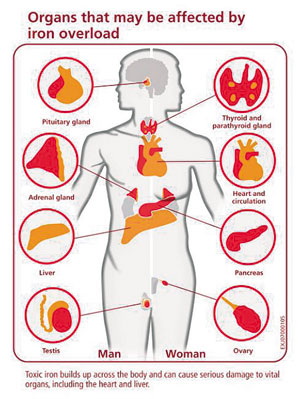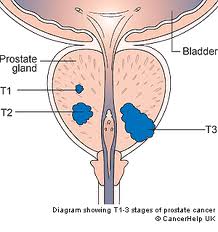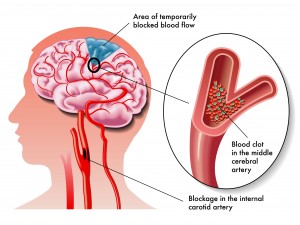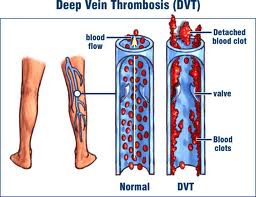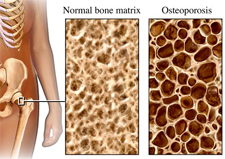Influenza type A is the cause of many flu epidemics including the one that recently affected the northern hemisphere. It is known to change its surface characteristics from time to time. This has occurred in the southern hemisphere (Australia and New Zealand) during the summer of 2003 and the same new type has caused the recent epidemic in Canada, the US and Europe.
Prior strains of flu viruses in recent years were variants of the Panama strain, that’s why the infection specialists decided in the beginning of 2003 to suggest a Panama strain type vaccine to be used for protection for this flu winter season. However, 70% of the cases tested in Canada by the end of November turned out to be influenza type A/Fujian,full name A/Fujian/411/2002(H3N2), different from type A/Panama, full name A/Panama/2007/99(H3N2), according to Dr. Theresa Tam. She is a specialist in the division of respiratory diseases at the Health Canada Centre for Infectious Disease Prevention and Control. Similar observations regarding a shift from the type a/Panama to the type A/Fujian strain of the flu virus has also been reported in the US and in Europe. It appears that those who have been vaccinated with the type A/Panama vaccine have had partial protection from this new flu as some of the flu virus characterisitics (e.g. the H3N2 determinants) are the same.
Dr. Tam mentioned that the recent deaths in children from the flu in the US, England and Canada would likely be explained by the fact that in the last 3 years there have not been any H3 type flus and the flus that did circulate were relatively mild. This means that children have not developed enough background resistance to fight a flu when it comes. Most adults have background resistance, but older people are loosing some of the resistance due to aging. Dr. Tam explained that not too many children have had the flu vaccination. One would expect that children are most vulnerable for the flu and this explains why these deaths would have occurred.
Production of flu vaccines that protect from flus: One of the problems with getting the best match for an upcoming flu season is the lag period between the decision to produce a certain type of flu vaccine and the mass production of the vaccine to serve a world population. This can take 6 to 8 months. A new technique of vaccine production is being investigated, called “reverse genetics”, where the lag period may only be a few weeks.
Dr. Webster, an infectious disease specialist at the St. Jude Children’s Research Hospital in Memphis, has produced a vaccine with this method against an avian flu with the characteristics H5N1(different from the others mentioned above). This is an older flu transmitted by birds that has resurfaced earlier in 2003 again. However, this vaccine that has been produced in cell culture and not in egg cultures, has only been tested in animal models, not in humans yet. Both Dr. Webster and Dr. Tam agree that human trials under FDA guidelines are needed to test these newer vaccines utilizing reverse genetics. Regulatory and patent issues need to be settled for this to happen.
Use of antiviral drugs: Another issue is that type A influenza can be treated with antiviral antibiotics, but every flu season these types of drugs tend to run short. Each country should have a national stockpile of these antiviral drugs (such as Tamiflu) so that enough stock is available in case of a serious epidemic where the vaccine may not fit the flu strain that comes around. This is not happening at the present.
What is needed is that international discussions take place through the Global Health Security Network (right now consisting of the G7 countries and Mexico), Dr.Tam said.
Conclusion: The flu season has started early this season. Many people have died because of a lack of vaccination. Some of those who were vaccinated against the flu may have caught the flu as the fit this year with regard to the vaccine was not the best. However, they likely survived the flu, whereas those who did not have the vaccine were more likely to have experienced the flu more severely and some of these have died. It is not too late to get the flu vaccine before the spring season. Typically there is another peak of the flu between February and April.
Based in part on The Medical Post, Dec.9, 2003 (p.1 and 73).
Last edited December 8, 2012



